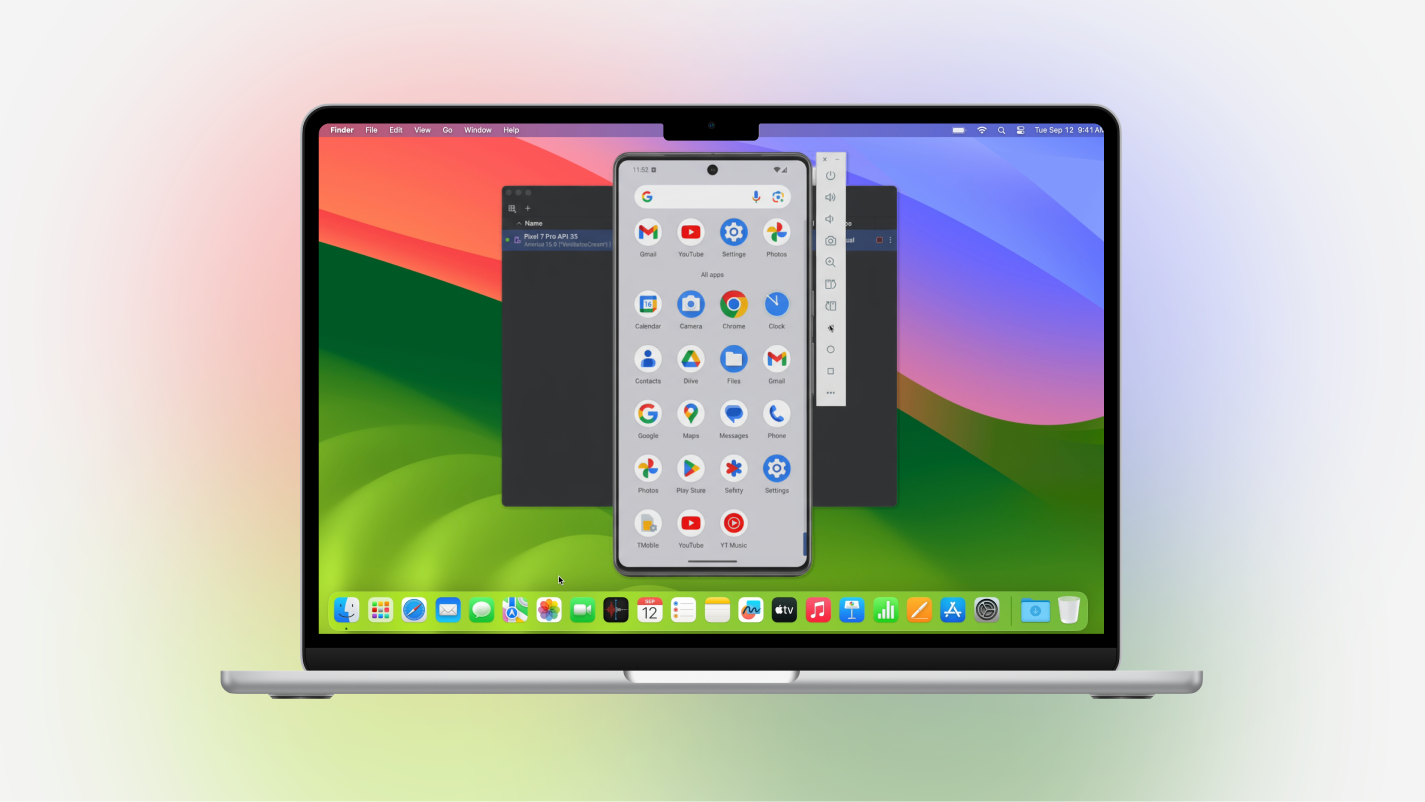In IT and quality assurance in general, we're all familiar with many different types of testing. We have functional, automation, user interface (UI)/user experience (UX), black box, gray box, purple box, and others. However, probably the least recognized and known of all of these, at least from my perspective, is accessibility testing.
All cards on the table, the topic of accessibility is quite personal to me for two reasons. First, I'm a person with a physical disability. In the odd year of 2011, while snowboarding, I suffered an accident that left me paralyzed from the chest down. Secondly, and quite amusingly now that I think of it, is that accessibility testing was the thing that kicked off my career as a quality assurance (QA) analyst. It is something I'm very grateful for. That being said, I'll try to remain as objective about this topic as I can.
To make sure we're all on the same page, let's point out that accessibility testing is a form of usability testing. It verifies if websites, web and mobile apps adhere to certain disability standards. They should, for example, comply with:
- W3C's Web Content Accessibility Guidelines (WCAG)
- the US federal government's Section 508 legislation
- EU's Web Accessibility Directive (Directive (EU) 2016/2102)
Their main goal is to ensure the web can be accessed & used effectively by persons with disabilities and subgroups that require assistive technologies. A typical example of this would be a screen-reader for blind users. It interprets what is visually shown on the screen in audible word form, allowing the user to interact with the computer or mobile device using key combinations or specific touch motions.
Now that we're a bit familiar with what accessibility testing is, the question remains. Why isn't everyone doing it? The short answer, I think, is the cost and the necessity of compliance.
IT projects are often expensive to develop. Most don't even make it to market. Add in accessibility adherence which increases development time and subsequently, you'll also increase the overall costs. And that's not all. You'll need an accessibility-oriented development team and a quality assurance analyst(s) that specialize(s) in this area. And trust me, it is truly a specialization that definitely isn't the easiest. Therefore, accessibility testing experts will even be harder to find.
Putting it plainly, it just doesn't make much business sense to add additional costs to a project if compliance with accessibility laws is not a must. Or is it? Let's delve deeper into the topic by looking at the business side of things.
What Would Happen if Everyone Started Doing It?
Considering the additional costs of making your product accessible to people with disabilities is a valid business concern. On the other hand, how much revenue are businesses potentially missing out on?
First, let's preface this with some statistics to get a general picture. Roughly 59.5% of the world’s population, around 4.66 Billion people, use the internet, according to Statista. On the other hand, the World Bank estimates that approximately 1 billion or 15% of the world’s population has some form of disability. Now, 15% of disabled people out of 59.5% of all people who use the internet would be about 69.6 million people. To put the numbers into perspective, this amounts to a little more than the entire population of the United Kingdom.
However, before any statisticians raise their eyebrows, this is a skewed statistic as it anticipates that all the people who have disabilities use the internet. Realistically, it would be about 60-70%, based on the Pew Research Study. Still, that is not a small number of potential users that many entrepreneurs who create digital products overlook while not considering usability access.
On the other hand, we also have an ethical and moral standpoint to consider. Everyone deserves and has the right to access all the internet can offer. Therefore, equality should be convincing enough and the primary reason we should all be doing accessibility testing. At least in a perfect world. The reality, however, is quite different. So, let’s skip this “nonsense” and go straight to the money!
Below are only a few examples of how businesses are losing out on revenue from people with disabilities that actively engage in internet activities:
- A report by Nucleus Research, done in 2019, discovered that more than 70% of websites are inaccessible and that e-commerce retailers in the U.S. could be losing up to $6.9 billion annually to competitors who adhere to accessibility guidelines.
- Many businesses are losing out on organic traffic increases. They don't consider accessibility when doing their SEO, which could become an increasingly important weight factor. For example, Google already lets you test the accessibility of a website directly in Chrome's developer tools and is increasingly adopting accessibility best practices, such as adding accessibility attributes and wheelchair access information to business listings in Google Maps.
- Accessibility testing could help avoid potential lawsuits, such as Domino's Pizza's most recent big case. The company was accused of its website and app not being accessible to blind or visually impaired individuals using a screen reader. A lawsuit could not only potentially tarnish a reputable business, but it could also apply heavy fees and, if lost, add expenses to rectify the issue in making their services accessible.
All examples show that it can be cost-beneficial for a business to apply the features needed for accessibility in the right way and detrimental if done wrong or not done at all.
Outlook on the Future of Accessibility Testing
With the internet becoming an increasingly important part of our lives, I strongly believe laws and regulations regarding accessibility will become more encompassing and much stricter as time goes on. Furthermore, the pandemic we all have been experiencing since 2019 has made the masses flock to the internet and the e-commerce business is more fruitful than ever.
Last year, an article by Forbes estimated that $10 to $16 billion would be spent by the companies that prioritize accessibility just in the U.S. and Canada alone and that’s only for the design aspect. This is a huge sign of things to come.
Those who have already started applying accessibility standards to their services will probably come out on top since they are already working towards including the more or less untapped market of accessibility users. In the end, personally, I know I’d rather spend my money with businesses that value and partake in making their services equal for all. In light of inclusive consumer trends, I believe I am not the only one.






